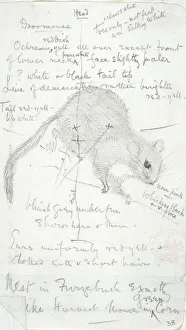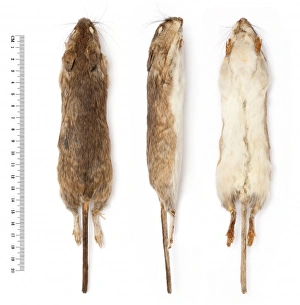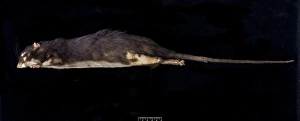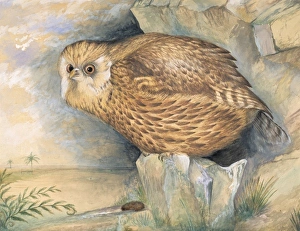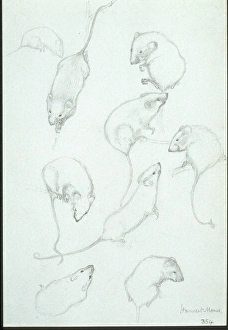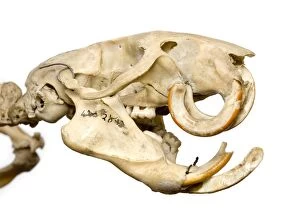Old World Mouse Collection
"Unveiling the Enigmatic Old World Mouse
All Professionally Made to Order for Quick Shipping
"Unveiling the Enigmatic Old World Mouse: A Journey Through Time and Species" Step into the world of ancient rodents as we explore the fascinating diversity of the old world mouse. From the charming Common dormouse to the elusive Long-tailed field mouse, these creatures have left their mark in history. In our quest for knowledge, we stumble upon sketch C016 / 5883 - a remarkable depiction of a Megazostrodon mammal. Its fossil bones (C016 / 5440) offer us glimpses into an era long gone, reminding us of our shared ancestry with these tiny beings. But let's not forget about their modern counterparts. Meet Megalomys desmarestii, the antillean giant rice rat, and its cousin Megalomys luciae - both captivating species that once roamed Saint Lucia. The holotype specimen stands as a testament to their existence and serves as a window into their unique adaptations. Meanwhile, Oligoryzomys victus takes center stage as St. Vincent's pygmy rice rat - a diminutive creature with immense significance in its ecosystem. These small but mighty rodents play vital roles in maintaining balance within their habitats. As we delve deeper into this captivating realm, it becomes clear that each species has its own story to tell. The repeated mention of Megalomys desmarestii and Megalomys luciae highlights just how important they were in shaping Caribbean ecosystems. Join us on this journey through time and space as we unravel the mysteries surrounding these extraordinary creatures known collectively as old world mice. Let's celebrate their resilience, adaptability, and undeniable charm that continue to captivate scientists and nature enthusiasts alike.

